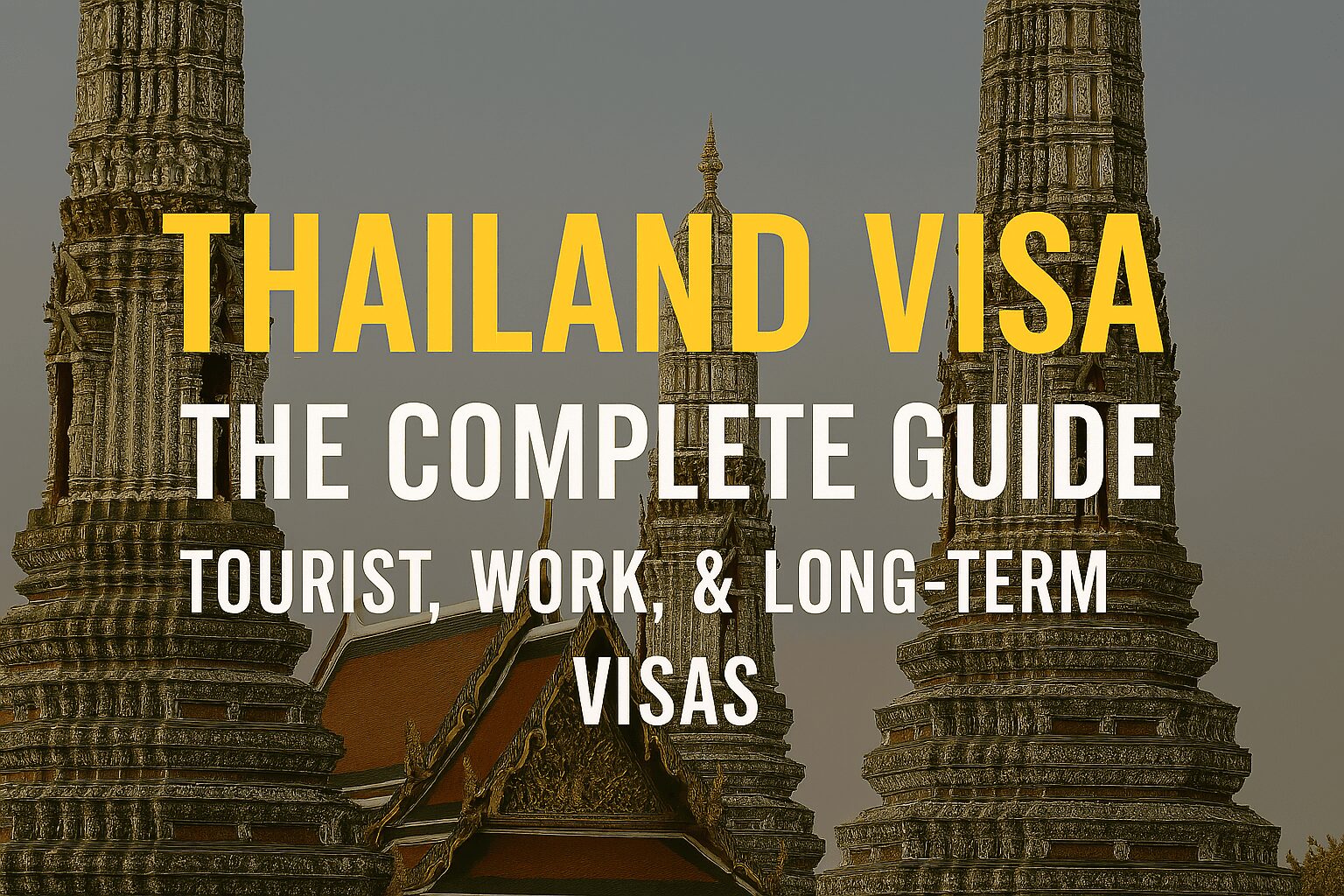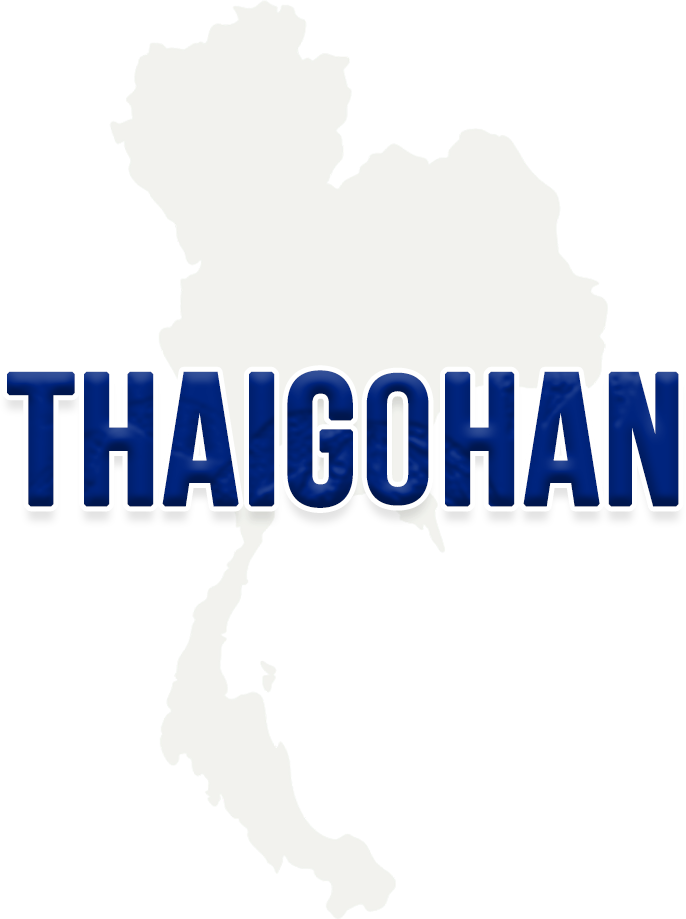[2025 Edition] The Complete Thailand Visa Guide: Differences & How to Apply for Tourist, Work, and Long-Term Visas

Thailand is a top destination not only for tourists but also for business professionals, retirees, and digital nomads. However, depending on your purpose and length of stay, the type of visa you need can vary greatly. Understanding the differences and application procedures ahead of time is essential for a smooth trip or relocation.
This comprehensive guide breaks down the main types of Thai visas—Tourist, Work (Non-B), and Long-Stay (Retirement, O-A, etc.)—and explains how to apply for each. Whether you’re visiting short-term or planning to stay long-term, we’ve got you covered with the latest info for 2025.
目次
1. Overview of Thailand’s Visa System & Exemption Rules
Thailand offers several visa types depending on your purpose of visit. The first thing to check is whether your country is visa-exempt.
For example, Japanese citizens can enter Thailand visa-free for up to 30 days for tourism purposes. Upon arrival, you’ll receive a visa exemption stamp.
⚠️ However, frequent short stays can raise red flags at immigration, and longer or repeated stays for non-tourism purposes will require an appropriate visa.
2. Tourist Visa: Best for Short Trips or Language Study
Who it’s for:
- Visitors staying longer than 30 days
- Language students (short courses)
- Digital nomads (non-employment stays)
The standard Tourist Visa allows a 60-day stay, with a one-time 30-day extension available at an immigration office (total of 90 days).
A Multiple Entry Tourist Visa is also available, allowing multiple visits during a 6-month validity period.
How to apply:
- Apply at a Thai embassy or consulate
- Required documents: passport (valid at least 6 months), flight and accommodation bookings, bank statement, etc.
- Processing time: usually 5 business days
3. Work Visa (Non-Immigrant B): For Business & Employment
Who it’s for:
- People employed by a Thai company
- Entrepreneurs or self-employed individuals
- Attending meetings, business negotiations in Thailand
The Non-Immigrant B Visa (commonly called the business or work visa) is required for employment or commercial activity in Thailand. However, it alone does not permit you to work—you also need a Work Permit issued by the Thai Ministry of Labour.
Application process:
- Your employer in Thailand prepares the required company documents
- You apply for the visa at a Thai embassy
- After entering Thailand, apply for a Work Permit at the labour office
Companies often assist in this process, but it’s crucial to plan ahead and verify timelines.
4. Long-Stay Visas: Retirement & Extended Stay Options
Who it’s for:
- Retirees aged 50+
- People wanting to live in Thailand for the long term
- Medical or wellness travelers
The most popular long-stay option is the Retirement Visa (Non-Immigrant O or O-A). Here are the main requirements:
O-A Visa Requirements:
- Age 50 or older
- Thai bank account with 800,000 THB, or 65,000 THB monthly income
- Criminal background check
- Health check & health insurance with coverage over 1 million THB
The O-A visa allows you to stay up to one year, and it can be renewed annually. There are also newer long-stay visa programs such as SMART Visas for professionals and LTVs (Long-Term Visas) for investors or remote workers.
5. How to Apply & Key Reminders for a Smooth Process
Basic visa application steps:
- Gather documents (passport, ID photos, income/bank proof, etc.)
- Make an online appointment (required for many embassies)
- Submit your application at the embassy/consulate
- Wait for processing (3–5 business days typically)
- Collect your visa and confirm entry stamp upon arrival
Important tips:
- Your visa type must match your actual purpose of stay, or you risk denial at entry.
- Overstaying or working without a valid visa/permit is illegal and may lead to deportation.
- Thai immigration policies change frequently—check with the official Thai Embassy website for the latest updates.
Conclusion
Choosing the right visa is key to a safe, stress-free stay in Thailand. Here’s a quick summary:
| Visa Type | Purpose | Duration |
|---|---|---|
| Tourist Visa | Short-term travel, study | Up to 90 days |
| Work Visa (Non-B) | Employment, business | Typically 90 days–1 year |
| Retirement Visa | Long-stay for age 50+ | Renewable annually |
| SMART / LTV | High-skilled workers/investors | Up to 4 years |
By understanding your options and preparing the right documents, you can enjoy everything Thailand has to offer—legally and worry-free.




